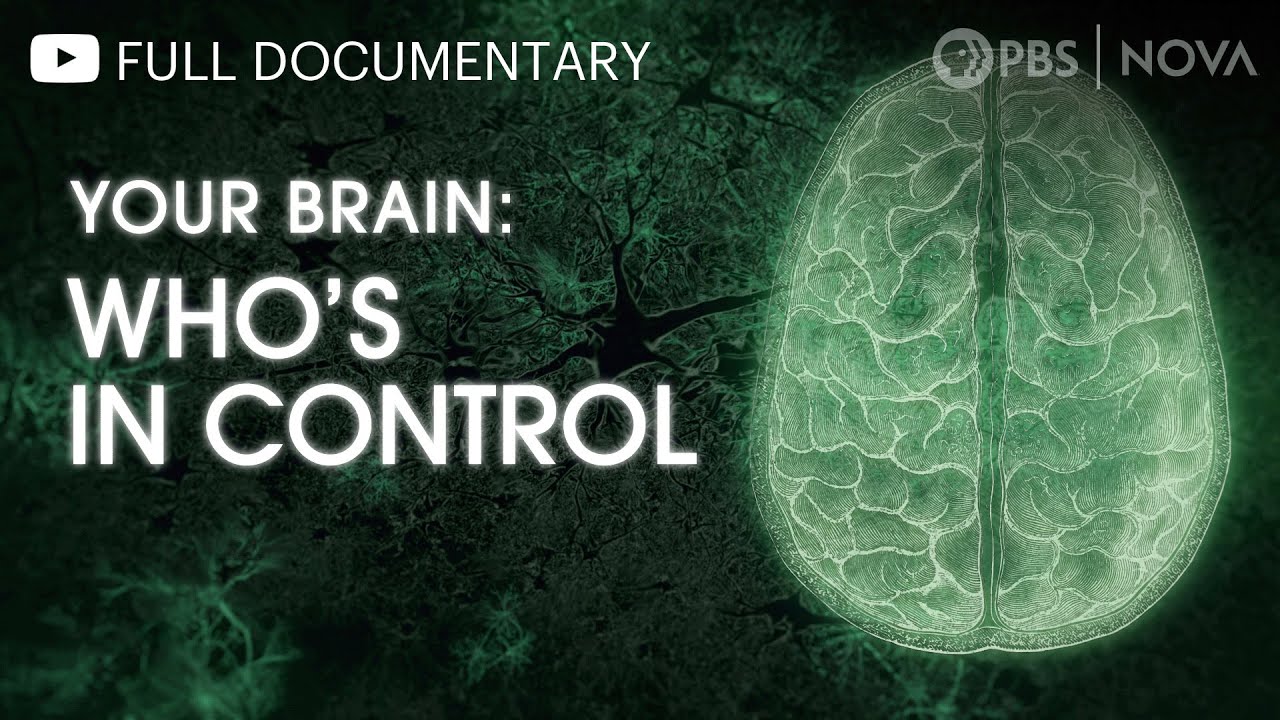為什麼很多人對生活越來越無感?► 聽聽史丹佛大學精神醫學教授怎麼說 - Dr. Anna Lembke 安娜·倫伯克博士(中英字幕)
Summary
TLDR本视频剧本探讨了快感与痛苦的神经科学,揭示这两种感觉是如何在大脑中共存的。视频强调,当我们经历快乐时,大脑倾向于通过感受痛苦来恢复平衡状态,这一过程被称为家庭静态。此外,剧本解释了重复追求快感导致的多巴胺调节失衡,最终可能导致无法享受生活的厌世感。视频通过分析日常活动,如观看YouTube或使用社交媒体,来说明这一点,并提出了意识到这一过程并适当调整行为的重要性,以避免长期的心理和情绪后果。
Takeaways
- 🧠 大脑中处理快乐和痛苦的是相同的部位,它们像天平一样工作,旨在保持平衡。
- ⚖️ 快乐和痛苦工作原理是平衡的,体验快乐后,大脑会努力恢复到原来的平衡状态,即家庭静态。
- 📺 观看令人愉快的视频(如美国偶像)会使大脑倾向于快乐,停止观看后会感到相反的痛苦。
- 🔄 我们通常不会意识到快乐和痛苦之间的这种转换,除非我们开始有意识地注意到它。
- 🕹️ 沉迷于令人愉快的活动(如社交媒体)会导致想要更多的欲望,从而可能进入一个痛苦的循环。
- 🚫 最终我们需要断开与这些行为的连接,因为我们不能一直生活在这种状态中,还有其他事情需要做。
- 🧪 体验极度快乐后,大脑会通过下调多巴胺受体来补偿,导致所谓的“宿醉”或低落感。
- 🔄 如果不等待这种感觉自然消退,而是不断追求快感,会导致大脑重置为缺乏快乐的状态,类似于临床抑郁。
- 💔 长期追求快感会导致多巴胺系统紊乱,引发诸如焦虑、易怒、失眠、不快等问题。
- 📉 当大脑处于多巴胺缺乏状态时,几乎所有事物都无法与之前追求的快感相比,导致生活中缺乏乐趣。
Q & A
大脑中哪些部分同时处理快乐和痛苦的感觉?
-大脑中处理快乐和痛苦的是同一部分。
什么是大脑的平衡原则?
-大脑的平衡原则是指大脑希望保持平衡状态,不想长时间倾向于快乐或痛苦,总是努力恢复水平状态或称为稳态。
观看YouTube视频如何影响大脑的平衡?
-观看YouTube视频使大脑倾向于快乐的一侧,停止观看后,大脑会相应地倾向于痛苦的一侧,以恢复平衡。
我们是否总是意识到大脑平衡的变化?
-我们大多数时候不会意识到大脑平衡的变化,除非我们真的开始注意它。
在社交媒体上的行为如何展示了大脑的这种平衡原则?
-在社交媒体上,我们可能因为看到一个好的帖子而感到快乐,但一旦停止,就会感到一种失落感,这反映了大脑试图恢复平衡的过程。
重复追求快感有哪些长期后果?
-长期重复追求快感会导致大脑重置为缺乏乐趣的状态,这是一种多巴胺缺乏的状态,类似于临床抑郁、焦虑、易怒、失眠和不快乐。
什么是多巴胺调节,它如何与快乐和痛苦的感觉相关?
-多巴胺调节是指大脑如何调整多巴胺受体和传输以补偿快乐活动。过度刺激后,大脑会减少多巴胺传输,导致痛苦的感觉。
为什么终止重复的快乐行为是重要的?
-终止重复的快乐行为是重要的,因为这可以防止大脑状态重置为缺乏乐趣的状态,帮助维持多巴胺水平的正常调节。
如何理解大脑的稳态(homeostasis)?
-大脑的稳态是指大脑努力保持其化学和物理状态的平衡,以保持正常运行和情绪稳定。
为什么正常生活对于成瘾者来说可能看起来不够有趣?
-对于成瘾者来说,正常生活可能看起来不够有趣,因为他们的大脑已经适应了重复的高水平快乐刺激,使得正常水平的刺激无法产生满足感。
Outlines

This section is available to paid users only. Please upgrade to access this part.
Upgrade NowMindmap

This section is available to paid users only. Please upgrade to access this part.
Upgrade NowKeywords

This section is available to paid users only. Please upgrade to access this part.
Upgrade NowHighlights

This section is available to paid users only. Please upgrade to access this part.
Upgrade NowTranscripts

This section is available to paid users only. Please upgrade to access this part.
Upgrade NowBrowse More Related Video
5.0 / 5 (0 votes)






